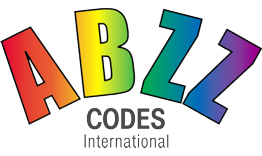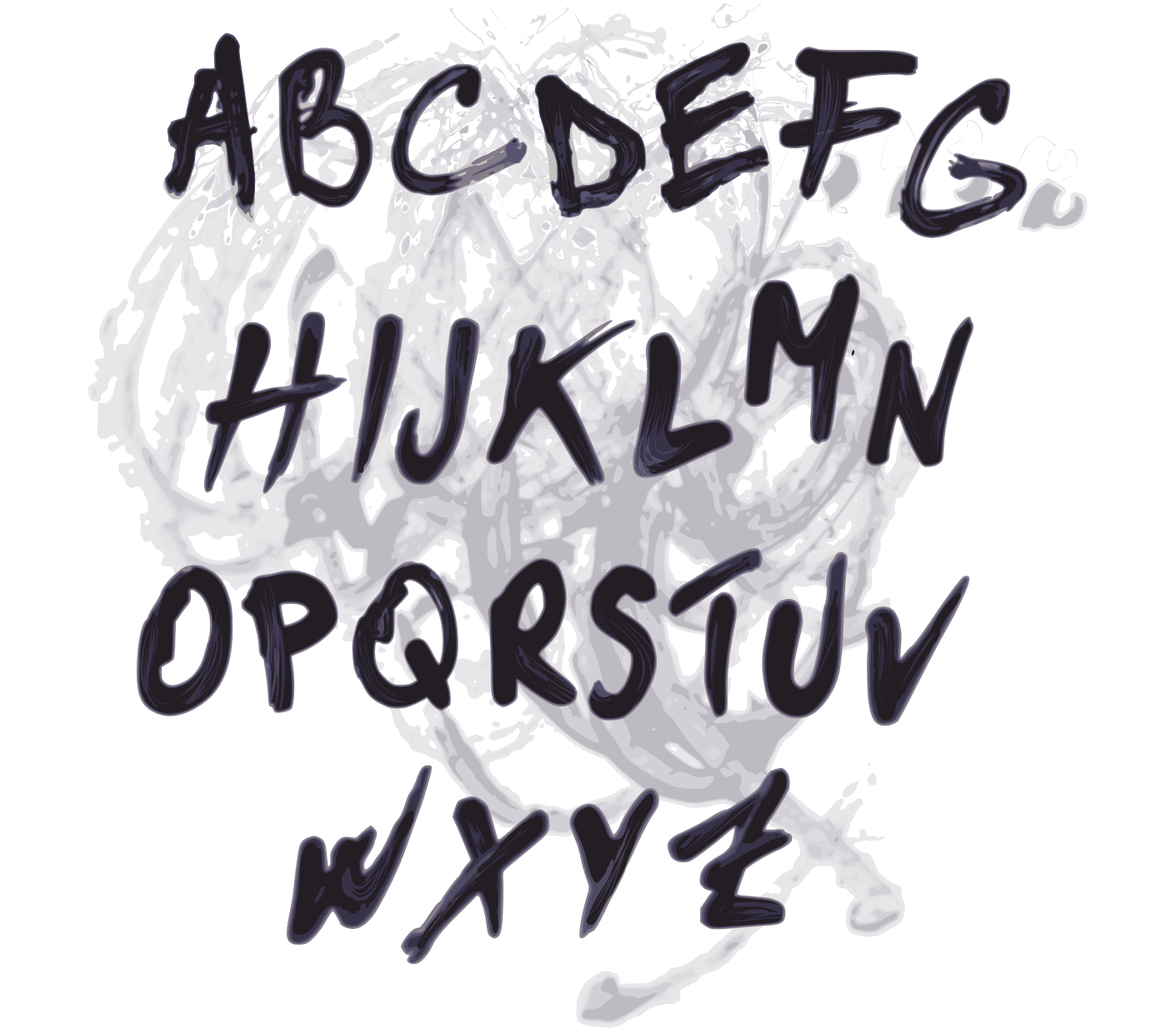Word Decoding Principles of the ABZZ number Word-code system
Decoding any ABZZ code couldn’t be easier.
All you have to remember is the verse shown below and a simple technique used to decode the words back into numbers when you need them.
How it works
The ABZZ system works by converting numbers into consonants and vice versa.
There are 26 letters in the Latin-English Alphabet system. The 26 letters are made of 20 consonants, five vowels (a, e, I, o, u) and “y” which frequently acts as a vowel but can also act as a consonant. In the ABZZ system, “y” is always treated as a vowel. This means there are 6 vowels and 20 consonants in the ABZZ alphabet system.
There are 10 single integer numbers in the decimal numbering system. These numbers are 0, 1, 2, 3, 4, 5, 6, 7, 8, 9.
Simplicity unlocked
Given that there are 20 consonants and 10 integer numbers, 2 consonants are assigned to code for each number in the ABZZ system.
The numbers and the consonants that code for each of them can easily be remembered using the following verse:
The key to unlocking the code
Zero won hobo quit mafia. Live six kick jaded piggy.
Each number from 0 – 9 is represented by two consonants as listed in the table below.
This table and the 10 word verse lays the foundation for using the ABZZ system.
DECODING EXAMPLE
Let’s suppose you need to remember an access code 6139306. Using the Code Generator, one option that you might like to remember is ‘Sweet Pea Taurus’.
Ignoring the vowels in this phrase, you have 7 consonants SWTPTRS which using the verse, decodes to 6139306.
It’s as simple as that!
Principles of the ABZZ number word code system
To use the system, all you need is the ability to know the consonants which encode each of the digits from 0 – 9. The short verse above is to help remember what consonants code for what digits. This verse which can be memorised in less than a minute lays the foundation for using the ABZZ system. The verse contains all letters of the alphabet.
An alternative but similar verse would be: ZERO WON HOBO QUIT FAME; LIVELY SIX KICK JADED PIGGY.
The consonants act as bricks in which numbers are inscribed. The vowels act as mortar which bond the bricks together. The vowels are just fillers and do not have any numbers inscribed on them. No consonants are neglected as long as they have appeared in the spelling of a word.
With these bricks and mortar, any combination of numbers, from zero to zillion, can be constructed into meaningful word, words, phrases or texts. This is number masonry and graffiti.
Every consonant has a number
Every consonant in the ABZZ system has a number encoded in it. This means that every word with a consonant has a number equivalent. Double letters of the same consonant are not regarded as one letter unlike the phonetic number coding systems. Simple words, compound words, short words and long words can all be used.
Number codes are often easier to remember when all the number-digits can be captured into one word. The fewer the number of word chunks that make up the memory code, the easier it is to handle. Most numbers in everyday use can be encoded with 1 – 3 chunks of words.
No phonetic dependency
There are no phonetic components in the ABZZ system. For instance, “C” will always remain 7 whether it is a hard C or a soft C. Likewise; “G” is always 9 whether it is a soft “G” or a hard “G”. Each letter retains its status independent of associated letters and sound alterations. Thus “H” will always encode 2 regardless of whether it changes phonation as in “CH”, “SH”, “GH” or “PH”.
Any language using the modern Latin alphabet
The main sources of words used in the ABZZ system are English grammar and names of people, places and events. Every word in any language could be used as long as it is spelt with English-Latin alphabets and has a meaning to the user. Meaning to the user is the most important consideration in word-codes in the ABZZ system. When words have a meaning, we can readily form mental pictures and associations.
Mental images and associations act as essential hooks to anchor memory items to our knowledge substratum and prevent them from sinking into the uncharted oblivion of the unconscious brain. No words are discriminated against whether they are nouns, pronouns, verbs, adverbs, present tense, past tense or plurals.




